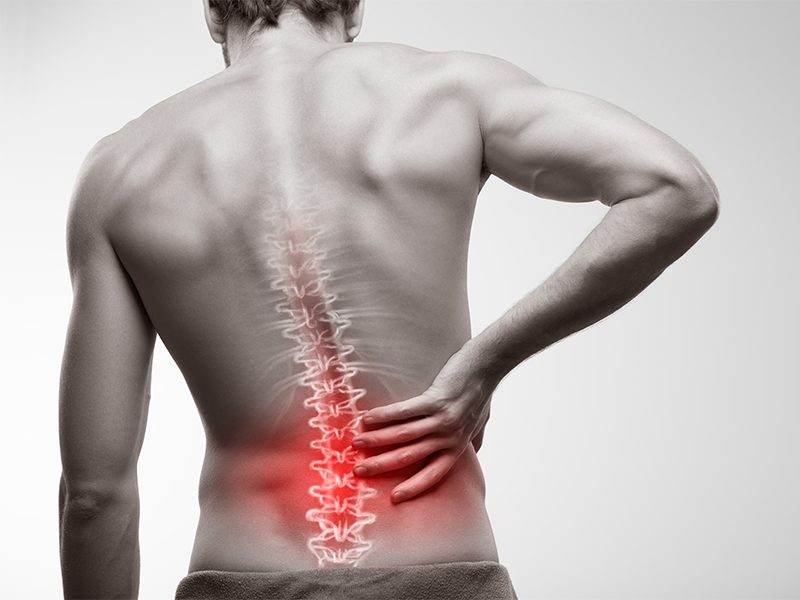Lower back pain is a widespread condition that affects individuals of all ages and lifestyles. For many, it’s a temporary discomfort; for others, it becomes a chronic issue requiring precise diagnosis and management. Understanding the underlying causes of lower back issues is the first step in addressing the discomfort and improving quality of life. Two key contributors are muscle strain and degenerative disc disease.
What Causes Lower Back Pain?
Lower back pain can stem from multiple sources, ranging from minor injuries to more complex conditions. Causes may include:
- Muscle Strain: Overstretching or tearing of muscles in the lower back, often caused by heavy lifting, sudden movements, or poor posture.
- Degenerative Disc Disease (DDD): A condition where the spinal discs responsible for cushioning the vertebrae begin to degenerate with age or wear and tear.
- Herniated Disc: When the soft center of a spinal disc leaks out, placing pressure on surrounding nerves.
Others include spinal stenosis, osteoarthritis, and sacroiliac joint dysfunction to name a few. Each condition can range in severity. Factors like poor posture, lack of physical activity, and obesity can also exacerbate or increase one’s risk for lower back pain.
What Is a Lower Back Muscle Strain?
A muscle strain in the lower back occurs when overexertion or sudden force causes microscopic tears in the muscle fibers. This is one of the most common and treatable causes of lower back muscle pain. These strains are usually the result of lifting heavy objects incorrectly, overuse during physical activity, or abrupt movements. A strain, while painful, typically improves with rest, over-the-counter pain medication, and applying heat or ice to the affected area.
Symptoms of a Muscle Strain
- Sudden sharp pain in the lower back
- Muscle spasms or cramping
- Restricted mobility or stiffness
- Tenderness when touched
What Causes Degenerative Disc Disease?
Degenerative disc disease is a condition where the spinal discs lose their flexibility and ability to cushion the vertebrae over time. Despite its name, degenerative disc disease isn’t exactly a disease, it’s a natural part of aging. Causes range from aging, high-impact activities, and prior injuries. Symptoms may include chronic pain in the lower back, pain that worsens while sitting or standing for extended periods, and relief when changing positions or lying down. While degenerative disc disease isn’t preventable, practicing good posture, engaging in regular low-impact exercise, and maintaining a healthy weight can minimize risk and severity.
Is Back Pain Treatable?
Most causes of lower back pain, including muscle strain and even degenerative disc disease, are manageable with the right approach. Lower back issues, including muscle strain and degenerative disease, are treatable through non-surgical and surgical options. This includes physical therapy, medication, massage therapy, lifestyle modifications, disc replacements, fusions, laminectomy, or discectomy.
Is Degenerative Disc Disease Curable?
Degenerative disc disease cannot be cured due to its ties to the natural aging process. Early intervention and a proactive approach to treatment often result in improved function and reduced discomfort. These can include regular physical therapy, anti-inflammatory medication, and lifestyle adjustments that reduce strain on the spine, such as maintaining proper posture and using supportive seating. Modern advancements in pain management and minimally invasive procedures may be available as treatment options.
Seek Pain Relief Today
Through simple lifestyle changes, professional guidance, or advanced treatments, lower back pain is treatable. If you are unsure where to start, consulting a professional such as a physical therapist, orthopedic specialist, or chiropractor can provide a clear direction and customized care plan. By addressing symptoms early and taking preventative measures, you can reduce the impact on your daily life. Get in touch with a health professional today to discuss your symptoms and potential treatment plans.
